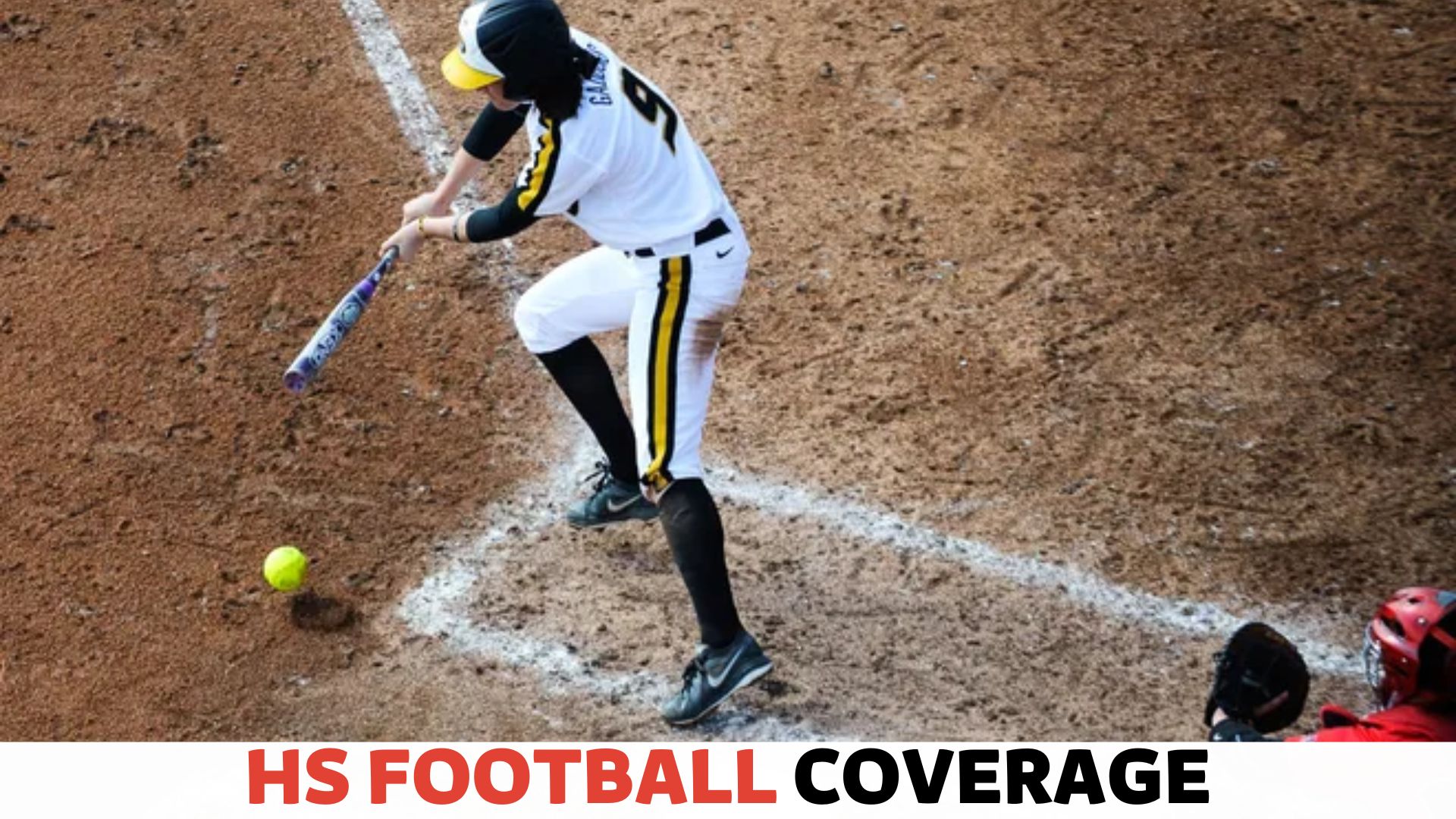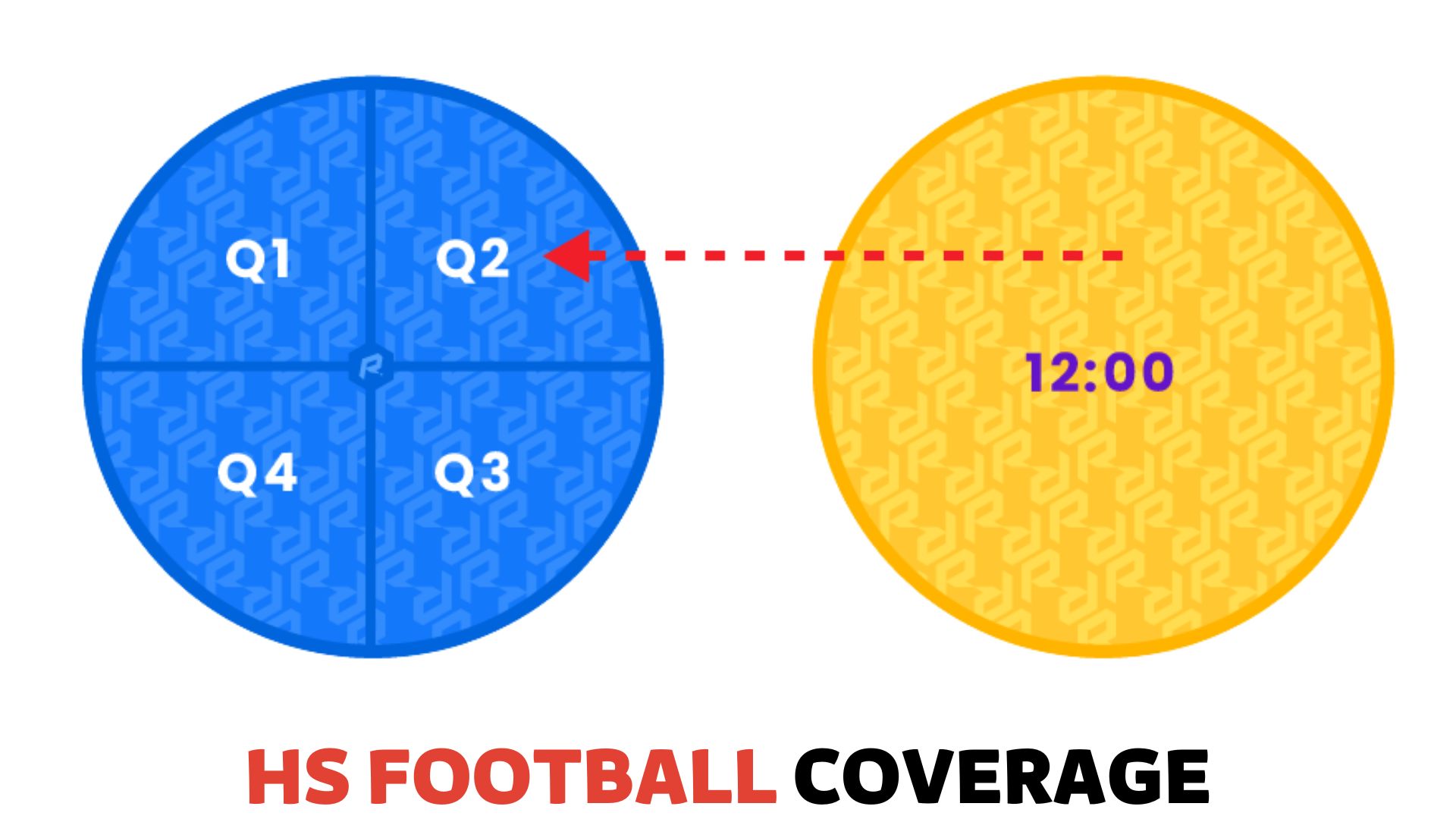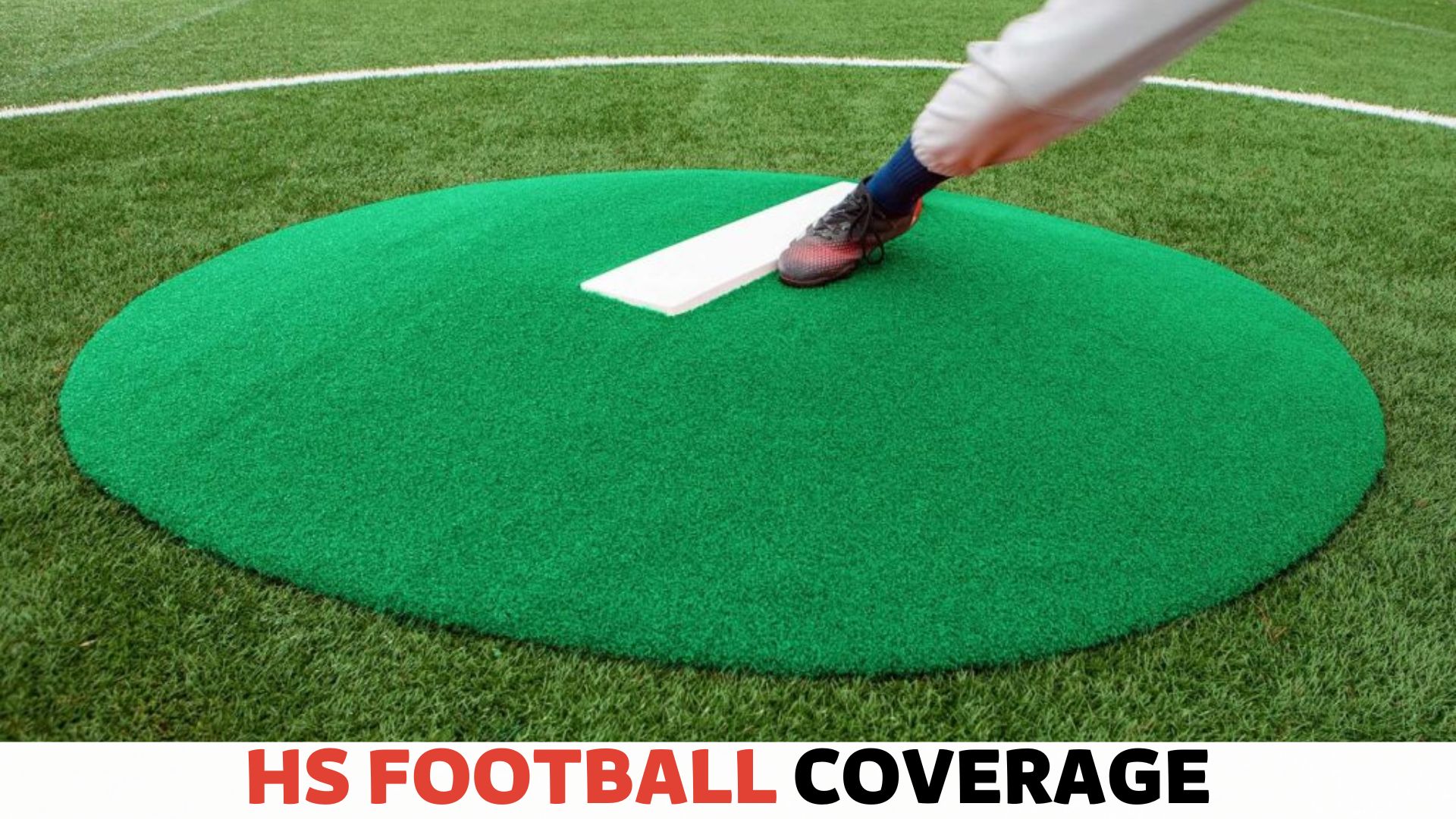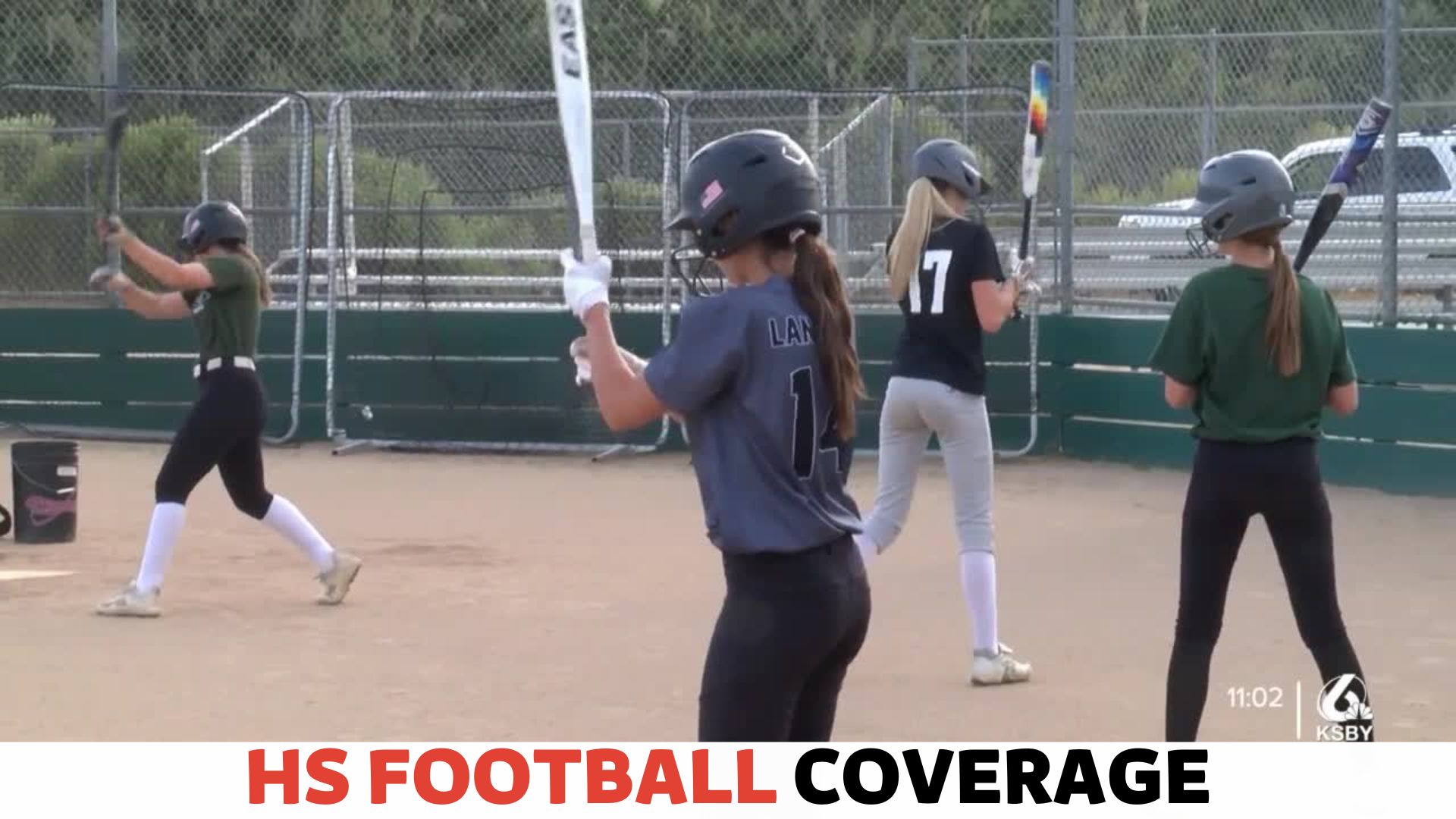
A high school volleyball net measures about 7 feet and 4 1/8 inches. High school volleyball nets typically have a height of 7 feet and 4 1/8 inches.
This measurement is standardized for high school-level play and ensures fair and consistent gameplay across different schools and competitions. The net is set up in the middle of the court and divides the teams, acting as a barrier that the players must hit the ball over.
Understanding the correct height of the net is essential for players to effectively serve, spike, and block during a game. Whether you’re a player, coach, or fan, knowing the height of a high school volleyball net helps provide insight into the technical aspects of the game and allows for a better appreciation of the sport.
Standard Height of a High School Volleyball Net

When it comes to playing volleyball, one of the essential components is the net. A volleyball net is a physical barrier, dividing the court and ensuring a fair and challenging game.
But have you ever wondered how high a high school volleyball net is? This blog post will explore the standard height and the official regulations of the National Federation of State High School Associations (NFHS).
National Federation of State High School Associations (NFHS) Regulations
The NFHS is the governing body that sets the rules and regulations for various high school sports, including volleyball. Their guidelines ensure consistency and fair play across different schools and states.
Regarding the height of a volleyball net in high school matches, the NFHS has set specific regulations that must be followed.
Official Height for High School Girls’ Volleyball
The NFHS specifies that the official height for the volleyball net in high school girls’ matches is 7 feet 4 1/8 inches, or 2.24 meters. This measurement is taken from the center of the net and should remain consistent throughout the game. Players must know this height to adjust their technique and strategies accordingly.
Official Height for High School Boys’ Volleyball
While the official height for high school girls’ volleyball nets is 7 feet 4 1/8 inches, the height for high school boys’ volleyball nets is slightly higher.
According to NFHS regulations, the official height for boys’ matches is 7 feet 11 5/8 inches, or 2.43 meters. This height difference reflects the physical differences between male and female players and allows for equitable gameplay.
Comparison With Other Volleyball Net Heights
Now that we’ve explored the standard heights for high school volleyball nets let’s compare them with other levels of play. It’s important to note that the heights may vary depending on the organization and league regulations. Here’s a comparison of the heights of different volleyball nets:
| Level | Net Height |
|---|---|
| High School Girls’ Volleyball | 7 feet 4 1/8 inches (2.24 meters) |
| High School Boys’ Volleyball | 7 feet 11 5/8 inches (2.43 meters) |
| College Women’s Volleyball | 7 feet 4 1/4 inches (2.24 meters) |
| College Men’s Volleyball | 7 feet 11 5/8 inches (2.43 meters) |
| Professional Volleyball | 7 feet 11 5/8 inches (2.43 meters) |
As you can see, the volleyball net’s height increases as the play level progresses. This adjustment ensures the game remains challenging and fair for the players while considering their physical capabilities.
Understanding the standard height of a high school volleyball net is crucial for players, coaches, and officials. It allows for consistent gameplay and creates an equal playing field for all participants.
So, the next time you watch a high school volleyball match, remember the precise measurements contributing to the game’s dynamic nature.
Factors Determining the Perfect Net Height
Player Skill Level and Age
In volleyball, the skill level and age of the players are crucial factors in determining the net’s height. Whether it’s a high school match or a recreational game, the net height should be set according to the abilities and experience of the players.
Regarding high school volleyball, the players’ age typically ranges from 14 to 18 years. While younger players may not possess the same strength and agility as their older counterparts, they are still developing their technique and skills.
Risk of Injuries
Setting the net height at the appropriate level helps reduce the risk of injuries during high school volleyball matches. If the net is too low, players may be prone to collisions or accidentally hitting the net while attempting to spike the ball.
On the other hand, if the net is set too high, players may strain themselves trying to reach the ball, increasing the chances of muscle pulls or other injuries.
Impact on Game Strategy and Dynamics
The net’s height plays a significant role in shaping high school volleyball’s game strategy and dynamics. It directly affects the tactics and style of play employed by the teams.
With a higher net, players must rely on precise timing and power in their attacks to overcome the opposing team’s blockers. This leads to a more strategic and dynamic game, where players must carefully assess the situation and adjust their approach accordingly.
Alternatively, a lower net height encourages a faster style of play, with shorter rallies and quicker transitions between offense and defense. This can favor teams with strong defensive skills and exceptional speed.
Setting the Correct Net Height for High School Volleyball
Setting the correct net height is crucial in high school volleyball for fair play and to ensure the game is played according to regulations. Without the correct net height, teams may have an unfair advantage or disadvantage, impacting the overall integrity of the game.
In this article, we will explore the measurements from the ground to properly set the net height, the equipment and tools needed for net height adjustment, and the importance of accurate net height for fair competition.
Measurements From the Ground
When determining the height of a high school volleyball net, it is important to adhere to the regulations set by the National Federation of State High School Associations (NFHS).
According to NFHS rules, the top edge of the net should be 7 feet 4 1/8 inches for girls’ teams and 7 feet 11 5/8 inches for boys’ teams. These measurements are taken from the center of the court and are crucial for maintaining a level playing field for all teams.
Proper Equipment and Tools for Net Height Adjustment
The proper equipment and tools are essential to set the net at the correct height. Here are a few tools that can assist in adjusting the net height:
- Tape Measure: A tape measure is necessary to accurately measure the net’s height from the ground. Ensure the tape measure is long enough to span the net’s height.
- Net Adjuster: A net adjuster is a device that allows you to raise or lower the net to the desired height. This tool is typically adjustable and can help ensure the net is set precisely.
- Allen Wrench: An Allen wrench is often needed to adjust the net height on volleyball poles. The correct size Allen wrench is important to avoid damaging the pole or the net adjuster.
Importance of Accurate Net Height for Fair Play
Setting the net at the correct height is crucial for fair play in high school volleyball. A too low net may make it easier for teams to attack the ball, giving them an unfair advantage.
On the other hand, a too high net can make it more challenging for teams to properly execute their offensive and defensive strategies, leading to an unfair disadvantage.
By adhering to the regulations and setting the net at the proper height, teams can compete in an environment where each side has an equal opportunity to showcase their skills.
| Regulations | Girls’ Teams | Boys’ Teams |
|---|---|---|
| Net Height | 7 feet 4 1/8 inches | 7 feet 11 5/8 inches |
Steps to Adjust the Net Height
Adjusting the net height in high school volleyball is crucial to maintaining a fair and safe playing environment. Whether setting up a new net or making adjustments during a game, following the correct procedure is essential.
This section will outline the steps to adjust the net height, ensure safety and stability, follow the correct procedure, and monitor and maintain the net height throughout the game.
Ensuring Safety and Stability
Before you begin adjusting the net height, ensuring its safety and stability is important. This will prevent any accidents or injuries during the game. Follow these steps:
- Make sure the net is securely attached to the poles or posts. Check that fastening mechanisms, such as clips or straps, are properly secured.
- Verify that the poles or posts are firmly planted in the ground and do not wobble. If they are unstable, adjust or reinforce the support for the poles.
- Inspect the net itself for any tears or damage. If the net is damaged, replace it with a new one to ensure proper tension and height adjustment.
Correct Procedure for Adjusting the Height
Now that you have ensured the safety and stability of the net, you can proceed with adjusting the height. Follow these steps:
- Locate the height adjustment mechanism on the net system. This is usually a strap or rope system that allows you to change the tension and height of the net.
- Begin by loosening the straps or ropes that are securing the net. This will allow you to adjust the height more easily.
- To raise the net height, gradually tighten the straps or pull on the ropes until the desired height is reached. Ensure the net is level from one end to the other.
- If you need to lower the net height, follow the reverse process by loosening the straps or ropes until the net reaches the desired height.
- After making the necessary adjustments, double-check the net’s stability to ensure it is secure and at the correct height.
Monitoring and Maintaining the Net Height Throughout the Game
Monitoring and maintaining the net throughout the game is important once the net has been adjusted to the desired height. Follow these steps:
- Designate a responsible person, such as a referee or coach, to periodically check the net height during breaks or timeouts.
- Use a measuring tape or ruler to ensure the net is still at the correct height. Adjust if necessary.
- Keep an eye on players as they hit or block, which may unintentionally cause the height to shift. Make adjustments as needed.
- Communicate with the players and teams to ensure everyone knows the importance of maintaining the net height and preventing unsafe play.
- Monitoring and maintaining the net height ensures a fair and safe playing environment.
Key Considerations for Maintaining Net Height
Net height is a crucial aspect of volleyball that can greatly impact the overall experience and fairness of the game. The height of a high school volleyball net is standardized and plays a significant role in ensuring that the rules play the game.
However, maintaining the proper net height requires regular checks and adjustments, considering weather conditions and referee supervision. This article will dive deeper into these key considerations to ensure a level playing field for all players.
Regular Checks and Adjustments
Regularly checking and adjusting the net height is essential to maintain fairness and prevent any advantage or disadvantage for the players. A net that is too high can make it difficult for players to perform successful attacks and blocks, while a net that is too low might lead to more powerful and harder-to-defend attacks.
To prevent these issues, coaches, and referees should regularly confirm that the net is at the correct height of 7 feet 4⅛ inches for high school volleyball.
This can be done by using a measuring tape or a volleyball net height gauge, ensuring that the top tape of the net aligns with the correct height mark.
Impact of Weather Conditions
Weather conditions can significantly impact the net height during a volleyball game. Humidity, temperature, and air pressure changes can cause the net to expand or contract, altering height.
Therefore, it is crucial to consider these factors and make necessary adjustments accordingly. For instance, the net may stretch in hot and humid conditions, causing it to become higher.
On the other hand, in cold weather, the net might contract, leading to a lower height. Referees and coaches should be vigilant and monitor these changes, making necessary adjustments to ensure the net height remains consistent throughout the game.
Importance of Referee Supervision
Referee supervision is vital for maintaining net height during a high school volleyball game. Referees are crucial in ensuring fair play and adherence to the rules, including maintaining the correct net height.
They are responsible for monitoring and enforcing the net height at the beginning of each set and throughout the game. Referees should be knowledgeable about the standard net height, equipped with the tools to measure it accurately, and ready to make quick adjustments.
Their presence and active involvement in maintaining net height create a sense of fairness, guaranteeing that the game is played according to the established rules.
Conclusion
The height of a high school volleyball net is essential in ensuring fair play and safety in the game. By following the standard regulations set by the governing bodies, players can compete on a level playing field.
For training or competitions, having the correct net height is crucial for an enjoyable and challenging volleyball experience.
So, remember to measure and adjust the net accordingly to enhance the game for both players and spectators.















